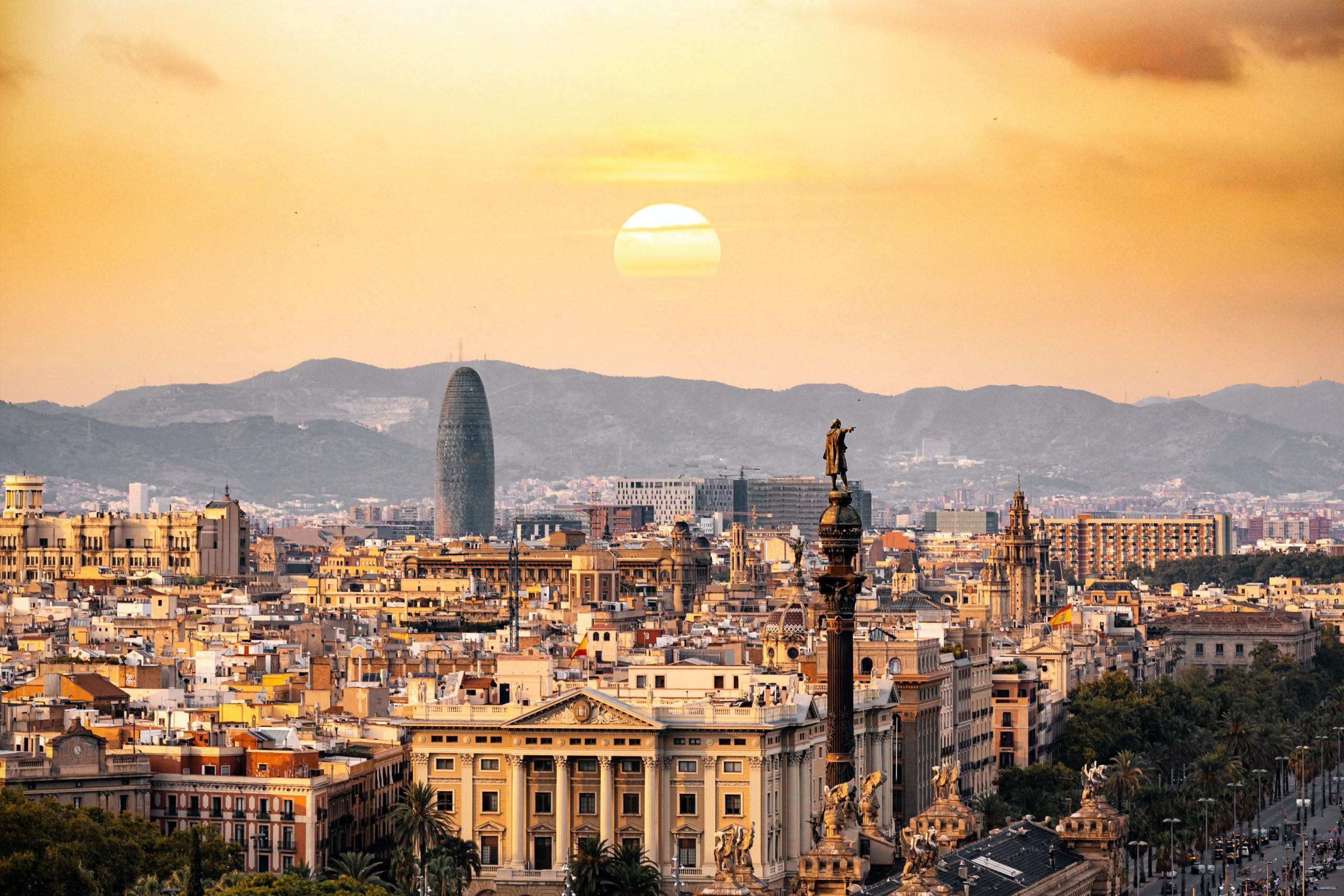New York City subway, the rail that never sleeps

In the final years of the 19th century, New York was growing rapidly. Looking for ways to address the overcrowding and to encourage more residential development in the outer boroughs, a plan for building a subway was approved in 1894. By 1900 construction began and four years later the first underground line opened. On the first day of operation, the subway carried more than 150,000 passengers – it was an immediate hit.
An eager user base
Since many city residents could not afford the high cost of living in central New York, the subway encouraged them to move to other relatively underdeveloped boroughs, like Queens and Brooklyn. In later years, the subway would spur residential development in new parts of the Bronx and the northern reaches of Manhattan.
But geographic coverage was not the only reason for the system’s immediate success. Many of New York’s working-class immigrant population worked late into the night, including the engineers working on the new subway itself. Twenty-four-hour service was therefore considered essential.
Operating – and repairing – around the clock
Today the main lines of the subway run on four tracks – two for express and two for local services. Though the subway operates on a 24-hour basis, during late-night hours some routes do not run, run on a shorter route, or run with a different stopping pattern.
Because there is no nightly system shutdown, tracks and stations must be maintained while the system is operating, which can require service changes during midday, overnight hours, and weekends.
In 2012, the Metropolitan Transportation Authority (MTA) introduced a maintenance programme called FASTRACK to speed up repair work. It involves shutting down a major portion of the line for overnight work on four consecutive weeknights from 10pm to 6am.
What’s in store for the NYC subway?
By the end of 2015, the NYC subway had an annual ridership of 1.76 billion people, with an average weekday ridership of 5.6 million, and 5.9 million during the weekends.
In 2016, the MTA announced plans to renovate 30 subway stations by 2020, making them cleaner, brighter, easier to navigate, with better and more intuitive way finding, as well as a modernised look and feel.
The MTA also plans to spend $52m (€47m) on 10 open gangway cars to form two full-length trains equipped with WiFi connectivity and charging stations. The prototypes are expected to be delivered by 2020.
This is a shortened version of an article published in the January edition of PTI. To read the latest PTI and to unlock the full version of this article, simply ask for a free copy. More info on this special offer: http://www.uitp.org/pti

